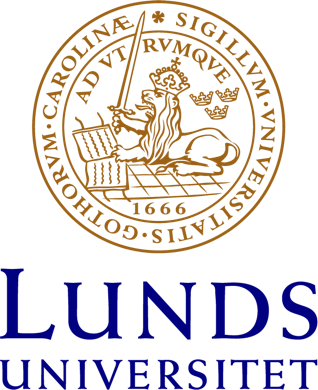Digital imaging and visual semiotics
This series of workshops are based on the use and practice of digital images. We start by considering images as ‘representation’: a formal system for making explicit certain entities or types of information, together with a specification of how the system does this (Marr, 82). What are the constituents of such system? What are the specifications? How to put them in practice and even design exploratory graphical interfaces?
Researchers from cognitive semiotics are well situated to make contributions to software design and prototyping. Software are places of mediation where possibilities are granted or denied to users. Why offering a feature? In which way? How to convey meaning of complex actions? Participants do not require previous knowledge image processing or web design. Moreover, besides manipulating data and software, the idea is to offer a comfortable ambience to collaborate, and even design empirical experiments, draw interfaces, etc. Conference on May 31, 2016 Title: Digital imaging and visual semiotics Abstract: In this talk we introduce basic concepts of digital imaging from a material and technical point of view. We then discuss about the relevance of using digital images in semiotic sciences. We show some examples that put in practice digital imaging for analyzing and exploring image collections. We believe digital images foster interesting models for close and distant reading; plastic descriptions; interface design. We place ourselves from the standpoint of production and development, where graphical interfaces are themselves a particular kind of image. The last part of the talk will show live demos of how to perform common operations with software and will also speculate on design perspectives, mainly informed from other disciplines and fields. Hands-on workshop Description: participants will produce data visualizations of images using a variety of software and methods. In order to participate in the workshops, you should bring your own computer, and you need to pre-install the following freeware (available for both Mac and PC): – ImageJ: imagej.nih.gov/ij/download.html
– Sublime Text (or some other HTML text editor): www.sublimetext.com/3Workshop 01 on June 1: Describing visual information
Description: In this hands-on session we introduce several methods for acquiring visual data: dedicated databases, datasets and APIs. We then talk about metadata and visual information. We will follow well-known strategies and pipelines in order to constitute a small but well-defined corpus to be represented by participants. In the last part we explore differences of visualizing data as graphs or as custom productions for web environments and other platforms. Main topics:
- Data and metadata
- Data pipeline
- Data visualization with web technologies Workshop 02 on June 2: Experimenting with visual information
Description: Taking into account the data generated from Part 2, the main goal of this session will be to produce visualization images out of visual data. The instructor will provide and give support on ready-to-use modules for visualizing images in different environments. In the end, we expect to show our results collectively and create a shared repository in order to document our experiences and potentially continue the collaboration.
Main topics:
- Producing media visualization
- Analyzing media visualization
- Distributing media visualization
Researchers from cognitive semiotics are well situated to make contributions to software design and prototyping. Software are places of mediation where possibilities are granted or denied to users. Why offering a feature? In which way? How to convey meaning of complex actions? Participants do not require previous knowledge image processing or web design. Moreover, besides manipulating data and software, the idea is to offer a comfortable ambience to collaborate, and even design empirical experiments, draw interfaces, etc. Conference on May 31, 2016 Title: Digital imaging and visual semiotics Abstract: In this talk we introduce basic concepts of digital imaging from a material and technical point of view. We then discuss about the relevance of using digital images in semiotic sciences. We show some examples that put in practice digital imaging for analyzing and exploring image collections. We believe digital images foster interesting models for close and distant reading; plastic descriptions; interface design. We place ourselves from the standpoint of production and development, where graphical interfaces are themselves a particular kind of image. The last part of the talk will show live demos of how to perform common operations with software and will also speculate on design perspectives, mainly informed from other disciplines and fields. Hands-on workshop Description: participants will produce data visualizations of images using a variety of software and methods. In order to participate in the workshops, you should bring your own computer, and you need to pre-install the following freeware (available for both Mac and PC): – ImageJ: imagej.nih.gov/ij/download.html
– Sublime Text (or some other HTML text editor): www.sublimetext.com/3Workshop 01 on June 1: Describing visual information
Description: In this hands-on session we introduce several methods for acquiring visual data: dedicated databases, datasets and APIs. We then talk about metadata and visual information. We will follow well-known strategies and pipelines in order to constitute a small but well-defined corpus to be represented by participants. In the last part we explore differences of visualizing data as graphs or as custom productions for web environments and other platforms. Main topics:
- Data and metadata
- Data pipeline
- Data visualization with web technologies Workshop 02 on June 2: Experimenting with visual information
Description: Taking into account the data generated from Part 2, the main goal of this session will be to produce visualization images out of visual data. The instructor will provide and give support on ready-to-use modules for visualizing images in different environments. In the end, we expect to show our results collectively and create a shared repository in order to document our experiences and potentially continue the collaboration.
Main topics:
- Producing media visualization
- Analyzing media visualization
- Distributing media visualization
